Home>Interior Design>The Subtle ‘Vertical Decorating’ Technique Designers Use To Make Small Rooms Look Bigger And Brighter


Interior Design
The Subtle ‘Vertical Decorating’ Technique Designers Use To Make Small Rooms Look Bigger And Brighter
Modified: January 19, 2024
Learn how interior designers use the 'vertical decorating' technique to create the illusion of spaciousness and brightness in small rooms. Discover the secrets to making your space look bigger and brighter with these expert tips.
(Many of the links in this article redirect to a specific reviewed product. Your purchase of these products through affiliate links helps to generate commission for Storables.com, at no extra cost. Learn more)
Introduction
When it comes to interior design, one of the key goals is to create a space that feels open, spacious, and inviting. However, not all rooms are blessed with ample square footage. If you find yourself in a smaller room that feels cramped and claustrophobic, there’s a technique that interior designers use to make it appear larger and brighter: vertical decorating.
Vertical decorating is a clever design strategy that focuses on directing the eye upward, utilizing vertical elements to create the illusion of height and openness. By implementing specific techniques and incorporating the right elements, you can transform a small room into a visually expansive and airy space.
In this article, we will explore several effective ways to use vertical decorating to make small rooms look bigger and brighter. From choosing the right paint colors to utilizing vertical stripes, floor-to-ceiling curtains, tall shelving units, and more, these tips will help you maximize the potential of your space.
So, let’s dive in and discover how to unlock the secret of vertical decorating.
Key Takeaways:
- Embrace vertical decorating to create the illusion of height and openness in small rooms, using techniques like light paint colors, vertical stripes, floor-to-ceiling curtains, and tall shelving units.
- Incorporating vertical mirrors and paneling/wallpapers can visually expand a small room, while strategic artwork placement and lighting further enhance the illusion of space and brightness.
Read more: How To Make A Small Dining Room Look Bigger
Understanding the concept of “vertical decorating”
Vertical decorating is all about creating visual height in a space by emphasizing vertical lines and elements. This technique draws the eye upward, giving the illusion of a taller and more spacious room. By strategically incorporating vertical elements, you can alter the perception of scale and create a visually pleasing environment.
One of the foundational aspects of vertical decorating is choosing the right paint colors. Light, neutral shades such as whites, beiges, and pastels are ideal for creating an open and airy feel. These colors reflect natural light and make the walls appear seamless, expanding the visual space.
Another effective way to utilize vertical elements is by implementing vertical stripes. Whether it’s through wallpaper, paint, or even textiles, vertical stripes can make a significant impact. Thin, vertical stripes create a sense of height and can elongate walls, while wider stripes add texture and depth.
Another key element of vertical decorating is the use of floor-to-ceiling curtains. Hanging curtains higher than the actual window frame and allowing them to extend all the way to the floor creates the illusion of taller windows and ceilings. This not only makes the room look bigger but also allows more natural light to flow in, enhancing the overall brightness.
Incorporating tall shelving units is another practical way to employ vertical decorating. By utilizing the vertical space on your walls, you not only add storage but also draw the eyes upward. Displaying items with varying heights on the shelves will further accentuate the verticality and create a sense of grandeur.
When it comes to the placement of artwork, opting to hang it higher up on the wall is a simple yet effective technique. By positioning art higher than eye level, you direct the focus upward, contributing to the illusion of a higher ceiling. Additionally, choosing vertical art pieces or ones with vertical lines further enhances the vertical effect.
Furthermore, incorporating vertical mirrors can significantly impact the perception of space. Placing a tall mirror strategically in a smaller room can create the illusion of an expanded area. The mirror reflects light and visually doubles the space, making it appear larger and brighter.
Last but not least, consider using vertical paneling or wallpapers. Installing vertical paneling or applying wallpapers with vertical patterns can make a dramatic difference in a small room. Not only do they add texture and visual interest, but they also contribute to the overall illusion of height and expansiveness.
Understanding and implementing the concept of vertical decorating can truly transform the ambiance of a small room. By utilizing these techniques, such as choosing the right paint colors, incorporating vertical stripes, utilizing floor-to-ceiling curtains, installing tall shelving units, hanging artwork higher up, using vertical mirrors, and utilizing vertical paneling or wallpapers, you can create a space that feels bigger, brighter, and more inviting.
Choosing the right paint colors
When it comes to vertical decorating, one of the most crucial factors to consider is the selection of paint colors. The right colors can significantly impact the perceived size and brightness of a room. When aiming to make a small room look bigger and brighter, opt for light and neutral shades.
Light colors, such as whites, ivories, beiges, and pastels, have the power to create an open and airy atmosphere. These hues reflect natural light, making the walls appear seamless and expansive. This effect tricks the eye into perceiving the space as larger than it actually is.
While light colors are essential, it’s also important to consider the undertones. Cool undertones, like blues or grays, can give the room a calming and serene ambiance. Warm undertones, such as yellows or creams, can bring warmth and coziness to the space. Choose undertones that align with the overall mood and style you want to achieve.
Additionally, consider using different shades of the same color in the room. This creates depth and dimension, making the space more visually interesting. For example, you can use a lighter shade of color on the walls and a slightly darker shade for the trim or accent pieces.
While light and neutral colors are the go-to choices, it doesn’t mean you have to eliminate color altogether. You can introduce pops of color through accessories, artwork, or furniture. However, be mindful of not overwhelming the space with too many bold or vibrant shades, as this can make the room feel busy and cluttered.
Remember, choosing the right paint color is just the first step. Proper lighting is also crucial to enhance the effect of the chosen colors. Natural light is ideal, as it creates a soft and diffused illumination. If natural light is limited, opt for artificial lighting solutions that mimic natural light, such as daylight LED bulbs.
In summary, when it comes to choosing paint colors for vertical decorating, stick to light and neutral shades. These colors reflect light and create an open and expansive feel. Consider undertones that align with the desired mood and style. Don’t be afraid to introduce pops of color, but do so in moderation. And remember, proper lighting is essential to bring out the best of your chosen paint colors.
Utilizing vertical stripes
If you’re looking to create a visually elongated and spacious feel in a small room, incorporating vertical stripes is a fantastic technique. Vertical stripes have the ability to draw the eye upward, making the room appear taller and more expansive.
There are several ways to incorporate vertical stripes into your interior design. One option is to use wallpaper with vertical striped patterns. Choose a wallpaper that features thin, vertical stripes in a color that complements the overall color scheme of the room. Apply the wallpaper to one wall or multiple walls to create a focal point and add visual interest.
If wallpaper isn’t your preference, consider using striped curtains or drapes. Install floor-to-ceiling curtains with vertical stripes to not only create the illusion of taller windows but also enhance the verticality of the room. The continuous lines of the stripes will guide the eye upward, adding height and openness to the space.
Another creative way to incorporate vertical stripes is through painted accent walls. Choose a paint color that contrasts with the rest of the room, and use painter’s tape to create vertical stripes on the wall. Ensure that the stripes are evenly spaced and of equal width. Once the paint is dry, remove the tape to reveal crisp and stylish stripes that transform the room.
When using vertical stripes, remember to keep the rest of the room’s elements minimal and cohesive. The stripes themselves add visual interest, so it’s important not to overcrowd the space with too many patterns or busy décor. Opt for furniture and accessories in solid colors or subtle textures to maintain a balanced and harmonious aesthetic.
Vertical stripes are a versatile and powerful design element that can make a significant impact in small rooms. By incorporating them into your interior design, you can create the illusion of height and spaciousness, elevating the overall ambiance of the room.
Incorporating floor-to-ceiling curtains
One of the most effective ways to utilize vertical decorating and make a small room appear larger and brighter is by incorporating floor-to-ceiling curtains. The simple act of hanging curtains higher than the actual window frame and allowing them to extend all the way to the floor can create a dramatic impact on the perception of space.
By positioning the curtain rod close to the ceiling, you draw the eyes upward and create the illusion of taller windows and higher ceilings. This vertical extension not only adds visual height to the room but also makes the space feel more grand and expansive.
When choosing fabric for your floor-to-ceiling curtains, opt for lightweight materials that allow natural light to filter through. Sheer and semi-sheer fabrics are ideal choices as they enhance the brightness and airy feel of the room. Alternatively, if privacy is a concern, you can layer the sheer curtains with heavier drapes for a luxurious and versatile look.
In addition to visually expanding the space, floor-to-ceiling curtains also offer practical benefits. They help to maximize the amount of natural light that enters the room, making it feel brighter and more inviting. Natural light not only creates a pleasant atmosphere but also helps to visually enlarge the space.
When it comes to the color and pattern of the curtains, consider the overall color scheme of the room. Neutral or light-colored curtains tend to work best as they reflect light and contribute to a visually open and spacious feel. However, don’t be afraid to add a touch of color or pattern to enhance the design and create a focal point.
Keep in mind that the length of the curtains is crucial to achieve the desired effect. Make sure they are long enough to reach the floor, creating a sleek and elongated appearance. When in doubt, it’s better to err on the side of longer curtains as they can always be hemmed or adjusted if needed.
By incorporating floor-to-ceiling curtains in your small room, you can instantly transform the space into an elegant and visually expansive haven. The seamless flow from top to bottom not only creates the illusion of heightened ceilings and bigger windows but also enhances the natural light and brightness in the room.
Use vertical lines in your decor to draw the eye upward, creating the illusion of height. This can be achieved through tall mirrors, floor-to-ceiling curtains, or vertical stripes on walls or furniture.
Read more: What Colors Make A Small Room Look Bigger?
Installing tall shelving units
When it comes to vertical decorating and maximizing the space in a small room, installing tall shelving units is a smart and practical choice. Not only do they provide valuable storage solutions, but they also draw the eyes upward, creating the illusion of height and expansiveness.
Tall shelving units make use of the vertical space in a room, allowing you to utilize every inch efficiently. They can be placed against a wall or in a corner, depending on the layout and design of the room. By reaching the height of the ceiling, these units make the most of the vertical dimension, instantly making the room feel more spacious.
When selecting tall shelving units, consider the overall style and color scheme of the room. Choose units that complement the existing furniture and décor, creating a cohesive and harmonious look. Opt for shelving materials that are light and airy, such as open metal frames or slim wooden designs, as they contribute to the visual openness of the space.
To further enhance the vertical effect, organize items on the shelves with varying heights. This can be achieved by mixing tall vases, sculptures, or plants with medium-sized décor pieces and smaller trinkets. The varied heights create visual interest and draw the eyes upward, emphasizing the verticality of the shelving unit.
When arranging items on the shelves, consider creating vertical visual lines. Stack books vertically or stand them on end to create vertical columns. Display artwork or photographs with vertical themes or arrange them in a vertical grid pattern. These intentional arrangements help to reinforce the vertical decorating concept and add a cohesive aesthetic to the room.
Tall shelving units not only provide additional storage and visual impact but can also act as room dividers in open-concept spaces. By positioning the shelving unit strategically, you can delineate different living areas while still maintaining a sense of openness and light flow.
Lastly, it’s important to avoid cluttering the shelves with too many items. Keep them organized and aesthetically pleasing by incorporating storage bins or baskets for smaller items. This helps to maintain a clean and well-structured appearance while still adding a personal touch to the shelving unit.
By installing tall shelving units in your small room, you not only gain extra storage space but also create a visually impactful design element. The vertical lines and increased height contribute to the overall impression of a larger and more expansive room, enhancing both the functionality and aesthetics of the space.
Hanging artwork higher up
When it comes to vertical decorating and making a small room appear larger and more expansive, the placement of artwork plays a crucial role. Hanging artwork higher up on the wall is a simple yet effective technique that can create the illusion of a taller ceiling and a more spacious environment.
Traditionally, artwork is hung at eye level, which is around 57-60 inches from the floor. However, in the context of vertical decorating, raising the artwork higher on the wall is key. By positioning artwork above eye level, you naturally direct the focus upward, creating a visual elevation of the room.
When hanging artwork higher up, it’s important to consider the scale and proportion of the art pieces in relation to the wall and the surrounding furniture. Large, statement pieces can make a powerful impact when positioned higher, whereas smaller pieces can be clustered together or arranged vertically to create a visually appealing display.
In addition to the height placement, choosing artwork with vertical elements or subjects can further enhance the vertical effect. Paintings or prints depicting tall trees, towering buildings, or vertical lines can reinforce the perception of height and contribute to the overall illusion of a larger space.
Another technique to consider is creating a gallery wall that extends vertically on the wall. By arranging multiple pieces of artwork in a column or grid pattern, you accentuate the verticality of the space. Mix and match different sizes and styles of frames to add visual interest and create a personalized display.
When hanging artwork higher up, it’s important to ensure proper spacing between the pieces. Aim for a consistent distance, both horizontally and vertically, to maintain a balanced and cohesive look. The spacing will depend on the size of the artwork and the overall wall space available.
Lastly, don’t limit yourself to only hanging artwork on the walls. Consider using other vertical surfaces, such as the sides of bookshelves or the back of doors, to display smaller pieces. This adds an unexpected element to the room and maximizes the use of vertical space.
By hanging artwork higher up on the walls, you can transform the perception of a small room. The elevated placement draws the eyes upward, visually expanding the space and creating a sense of grandeur. So, go ahead and experiment with the placement of your artwork to unlock the full potential of vertical decorating.
Opting for vertical mirrors
When it comes to vertical decorating, one of the most impactful and versatile elements you can incorporate into a small room is a vertical mirror. Mirrors have long been known for their ability to create the illusion of space, and when used strategically, they can make a significant impact on the overall perception of a room. By opting for a vertical mirror, you can enhance the verticality of the space, making it appear taller and more spacious.
Vertical mirrors work by reflecting both natural and artificial light, allowing it to bounce around the room and create a brighter, open feel. The reflection not only adds depth and dimension to the space but also visually doubles the perceived size, making the room appear larger and more expansive.
When selecting a vertical mirror, consider both its size and placement. Opt for a mirror that is proportionate to the wall and room. A larger mirror can have a greater impact in creating the illusion of space, especially in smaller rooms. Make sure to leave enough wall space around the mirror for it to stand out and have a visual impact.
Placement is key when it comes to vertical mirrors. Ideally, position the mirror on a focal wall or opposite a window to maximize the reflection of light and visual depth. By placing the mirror in a strategic location, you can create a stunning visual effect that enhances the overall ambiance of the room.
In addition to the placement, consider the style and frame of the mirror. A vertical mirror with a decorative frame can add a touch of elegance and enhance the overall aesthetic of the room. However, if you prefer a more minimalist or modern look, a frameless or simple trimmed vertical mirror can still achieve the desired effect.
Don’t limit yourself to just one vertical mirror. Consider creating a mirror gallery by grouping several vertical mirrors in different shapes and sizes on a wall. This not only amplifies the reflection and the sense of space but also adds an interesting focal point and artistic element to the room.
Vertical mirrors can also be utilized in other creative ways. For example, a floor-to-ceiling mirror in a narrow hallway or entryway can visually widen the space and create a welcoming atmosphere. Mirrored furniture or accessories with vertical surfaces can also contribute to the verticality and brightness of a room.
When it comes to vertical decorating, opting for vertical mirrors is a smart and effective choice. Implementing these mirrors strategically not only enhances the perception of space but also adds aesthetic value to the room. So, consider incorporating a vertical mirror in your small room and let it work its magic in creating a brighter, more spacious environment.
Using vertical paneling or wallpapers
When it comes to vertical decorating, one technique that can have a significant impact on the visual appeal and perceived space of a room is the use of vertical paneling or wallpapers. These design elements not only add texture and visual interest but also enhance the verticality of a space, making it appear taller and more expansive.
Vertical paneling is a classic design feature that adds architectural detail to walls. It involves installing narrow, vertical strips of wood or other materials on the walls, creating a visually appealing grid-like pattern. This type of paneling draws the eyes upward, emphasizing the room’s height and creating a sense of elegance and sophistication.
When using vertical paneling, consider the scale and proportion of the panels in relation to the room. If the room is small, choose smaller panels to maintain a balanced and proportionate look. On the other hand, if the room is more spacious, you can opt for larger panels to make a bold statement.
Another option is to use vertical wallpapers. Wallpaper with vertical patterns, such as stripes, geometric designs, or elongated motifs, can make a significant impact on the perception of a room’s size. Vertical wallpapers draw the eyes upward, visually elongating walls and making the space appear taller.
When selecting vertical wallpapers, consider the color, pattern, and texture. Opt for lighter colors and delicate patterns to enhance the sense of space and light within the room. Additionally, choose wallpapers with a slight sheen or metallic accents to add a touch of sophistication and reflectivity, further contributing to the illusion of a larger and more open space.
A creative way to incorporate vertical paneling or wallpapers is to use them selectively as an accent wall. By applying the paneling or wallpaper to a single wall, you create a focal point that adds depth and visual interest to the room without overwhelming the space. This technique works particularly well in smaller rooms where you want to make a bold statement.
Additionally, you can use vertical paneling or wallpapers to create unique and functional spaces within a room. For example, in an office or study nook, you can install vertical paneling or apply wallpaper behind a desk or shelving unit to define the space and add a touch of sophistication.
Vertical paneling or wallpapers offer a versatile and transformative way to enhance the verticality of a room. Whether used throughout the space or as an accent element, they add texture, visual interest, and contribute to the perception of a taller and more expansive environment. So, consider incorporating vertical paneling or wallpapers into your interior design to make a striking visual impact in your small room.
Read more: How To Make A Small Dining Room Look Bigger
Conclusion
Incorporating vertical decorating techniques into your interior design can have a profound impact on the look and feel of a small room. By utilizing design elements that draw the eyes upward, you can create the illusion of height and openness, making the space appear larger and brighter. Through careful consideration of paint colors, vertical stripes, floor-to-ceiling curtains, tall shelving units, hanging artwork higher up, opting for vertical mirrors, and utilizing vertical paneling or wallpapers, you can successfully transform a cramped space into a visually expansive and inviting haven.
Choosing the right paint colors sets the foundation for effective vertical decorating. Light and neutral shades create an open and airy feel, reflecting natural light and making the walls appear seamless. Vertical stripes add visual height and can elongate the walls, creating the illusion of a taller room. Floor-to-ceiling curtains not only add elegance but also enhance verticality by drawing the eyes upward and allowing more natural light to flow in. Installing tall shelving units utilizes vertical space efficiently, adds storage, and elongates the visual perspective of the room.
Hanging artwork higher up on the walls directs the focus upward, creating a taller and more visually expansive room. Opting for vertical mirrors not only reflects light but also doubles the perceived space, making the room appear larger and more inviting. Finally, using vertical paneling or wallpapers adds texture, interest, and reinforces the vertical effect in a room.
By strategically incorporating these vertical decorating techniques, you can overcome the limitations of a small room and create a space that feels open, spacious, and inviting. Remember to balance functionality with aesthetics, paying attention to details such as scale, proportion, and balance to achieve a harmonious and visually pleasing result.
In summary, embracing vertical decorating in your interior design allows you to unlock the potential of your small room. Through careful consideration of paint colors, stripes, curtains, shelving units, artwork placement, mirrors, and paneling or wallpapers, you can create a visually expansive and inviting space that feels larger, brighter, and more functional. So, let your creativity soar and transform your small room into a stunning oasis of style and comfort.
Frequently Asked Questions about The Subtle 'Vertical Decorating' Technique Designers Use To Make Small Rooms Look Bigger And Brighter
Was this page helpful?
At Storables.com, we guarantee accurate and reliable information. Our content, validated by Expert Board Contributors, is crafted following stringent Editorial Policies. We're committed to providing you with well-researched, expert-backed insights for all your informational needs.
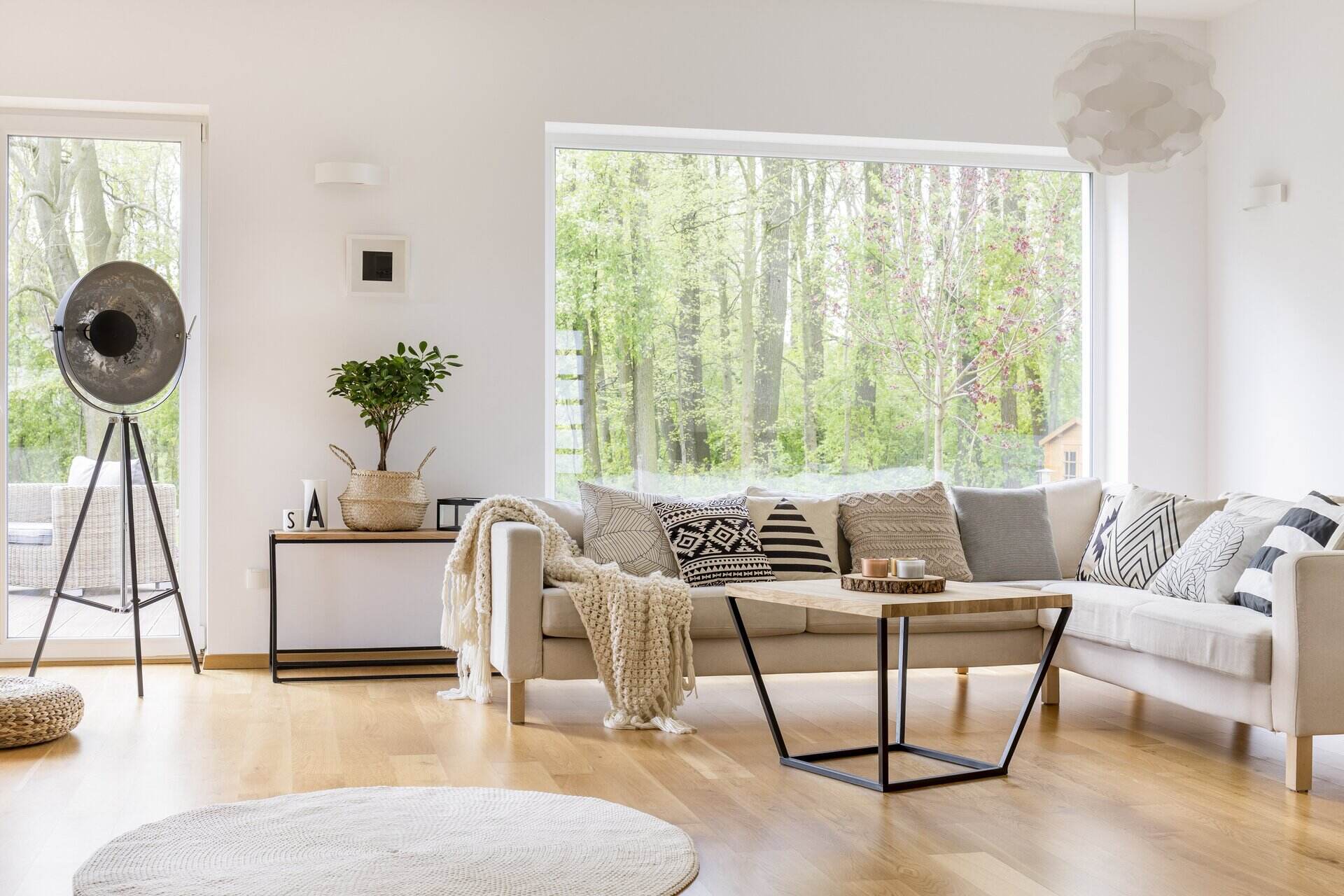
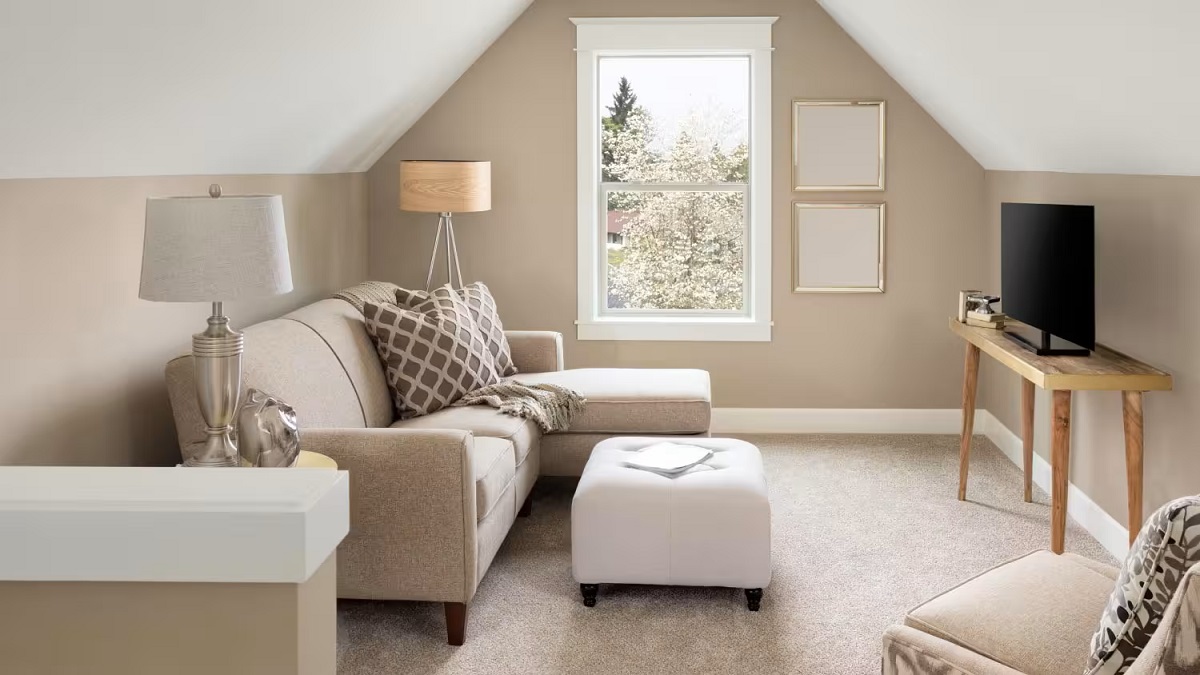
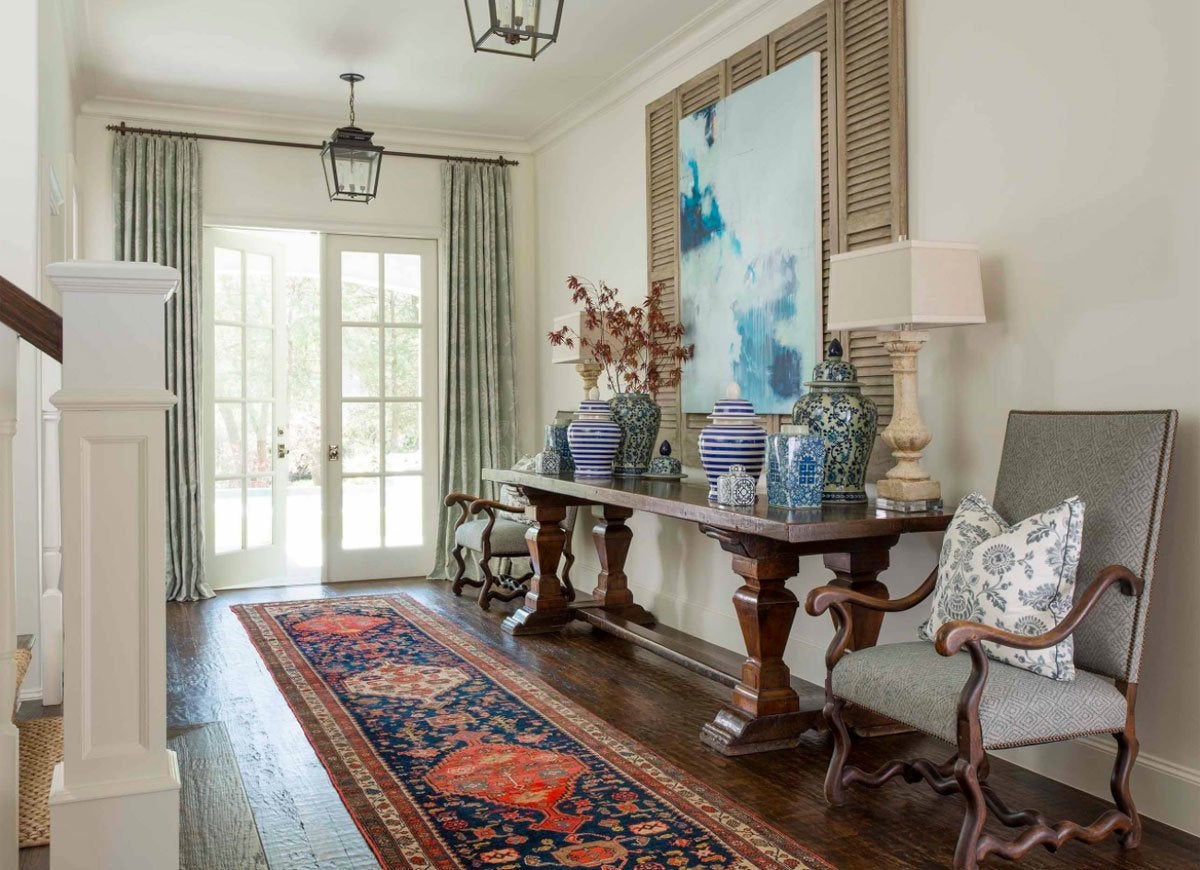
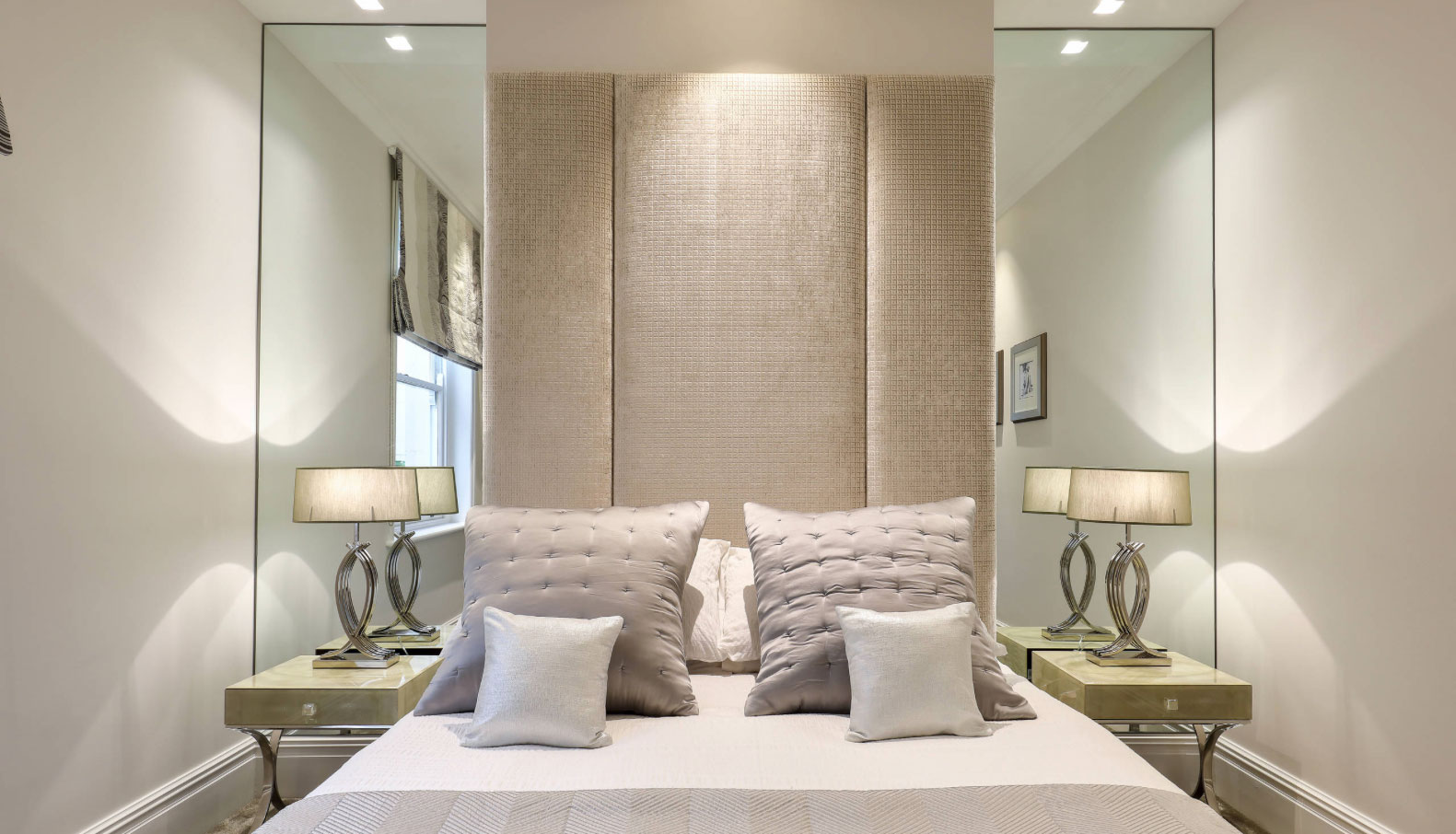
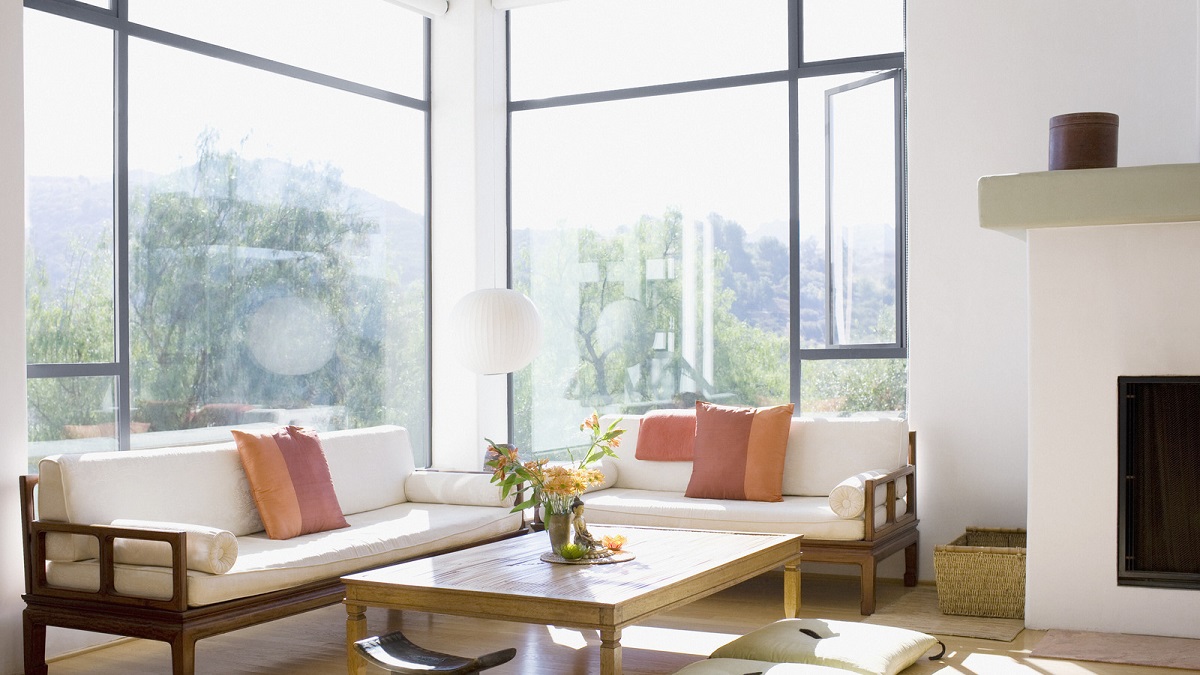
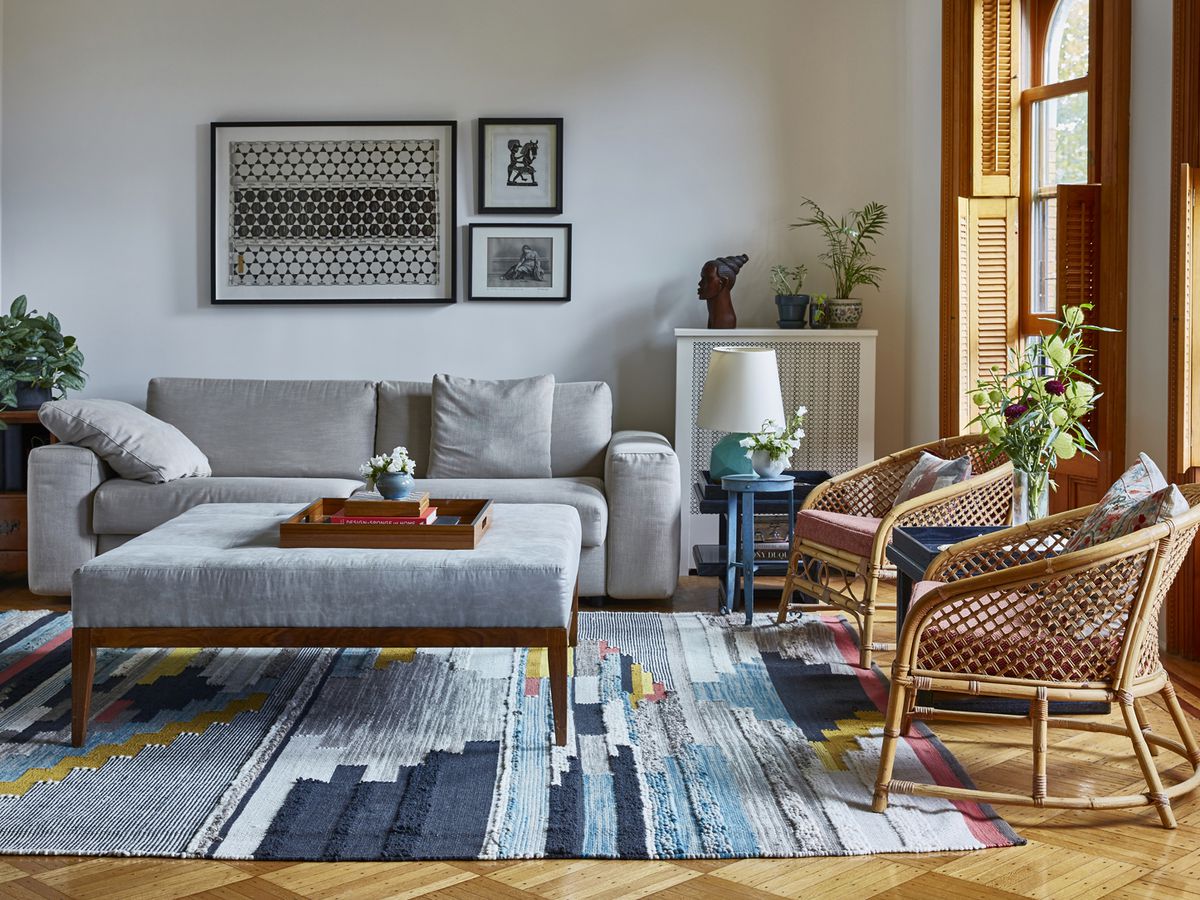
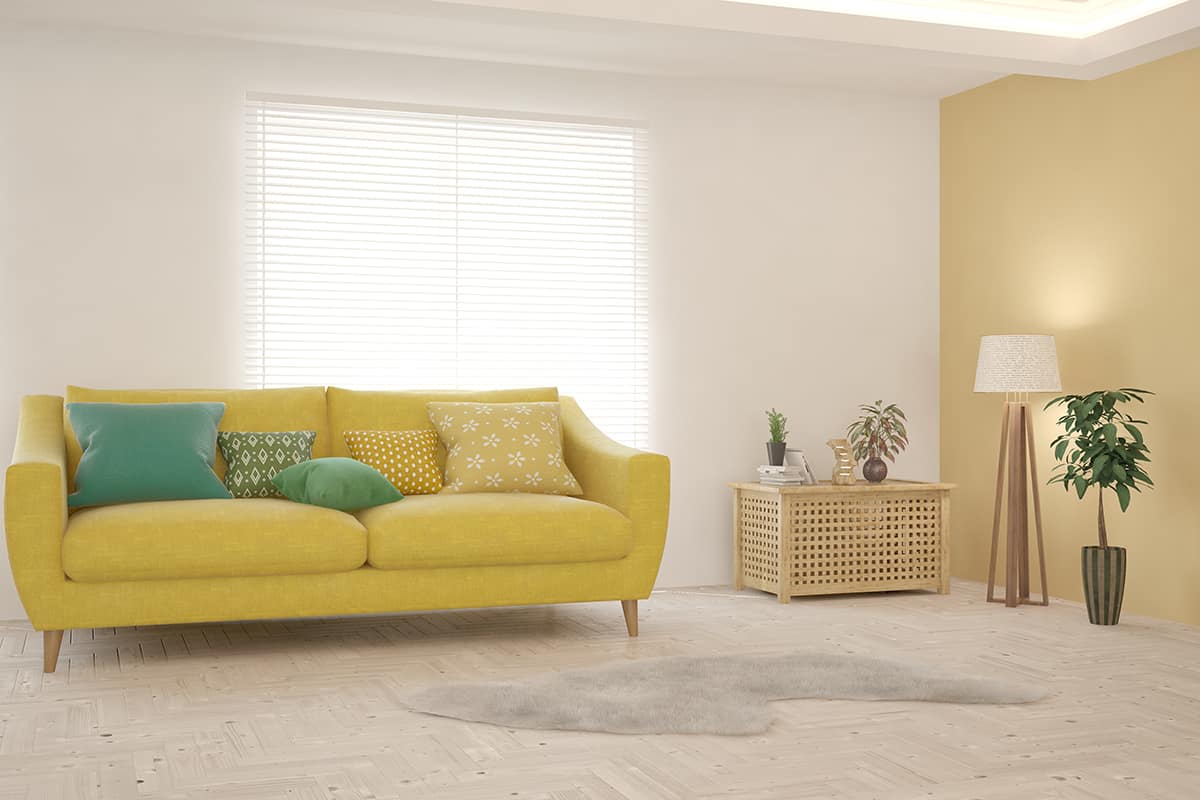
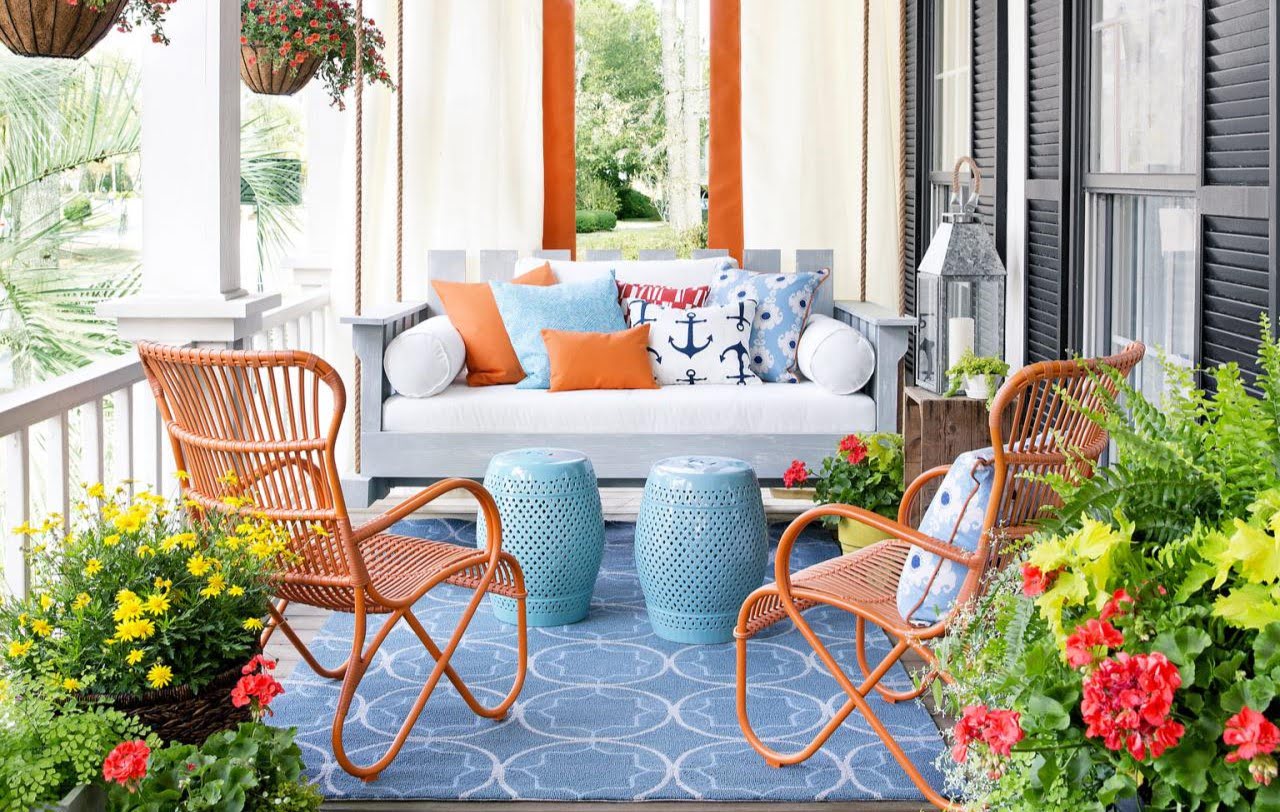
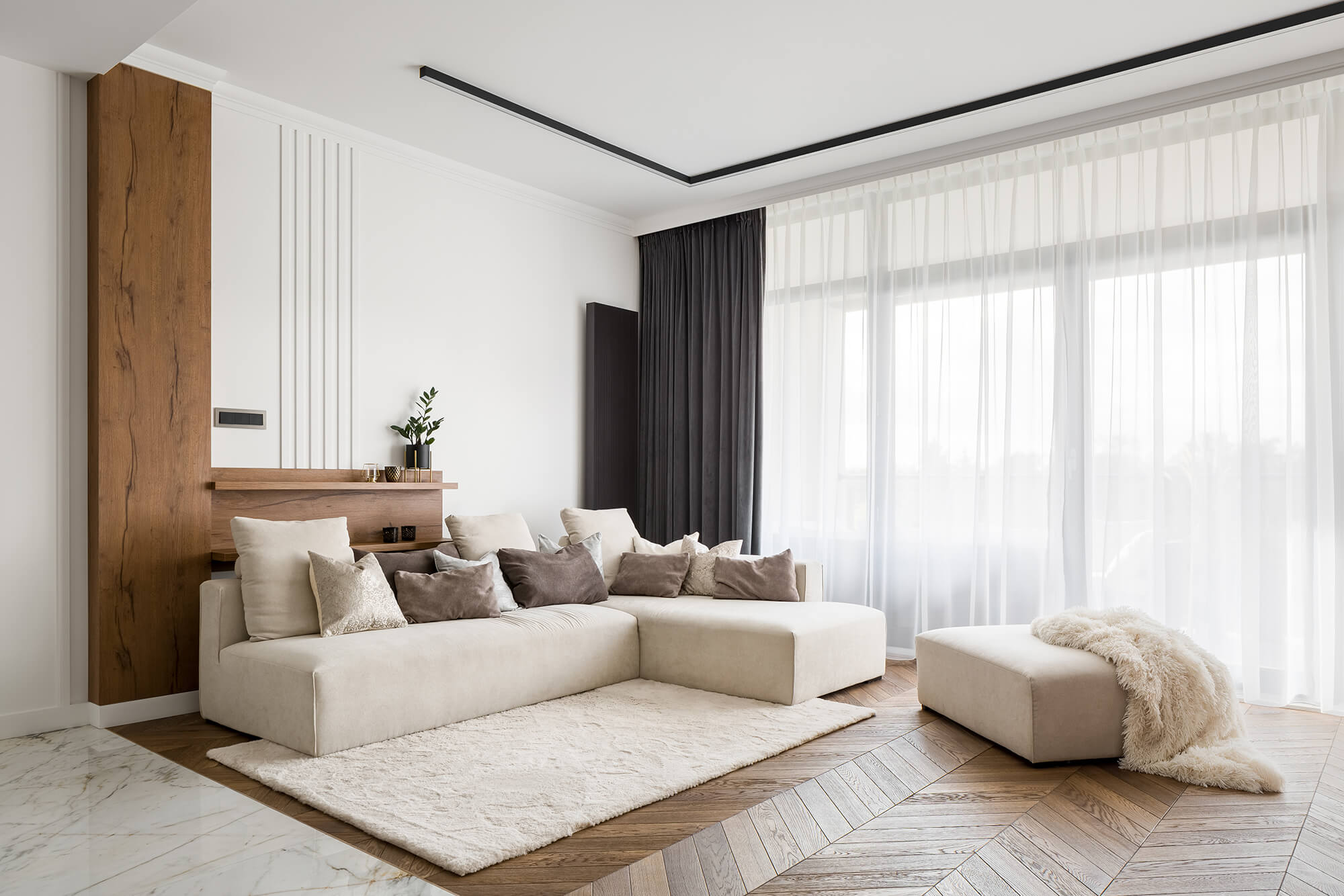
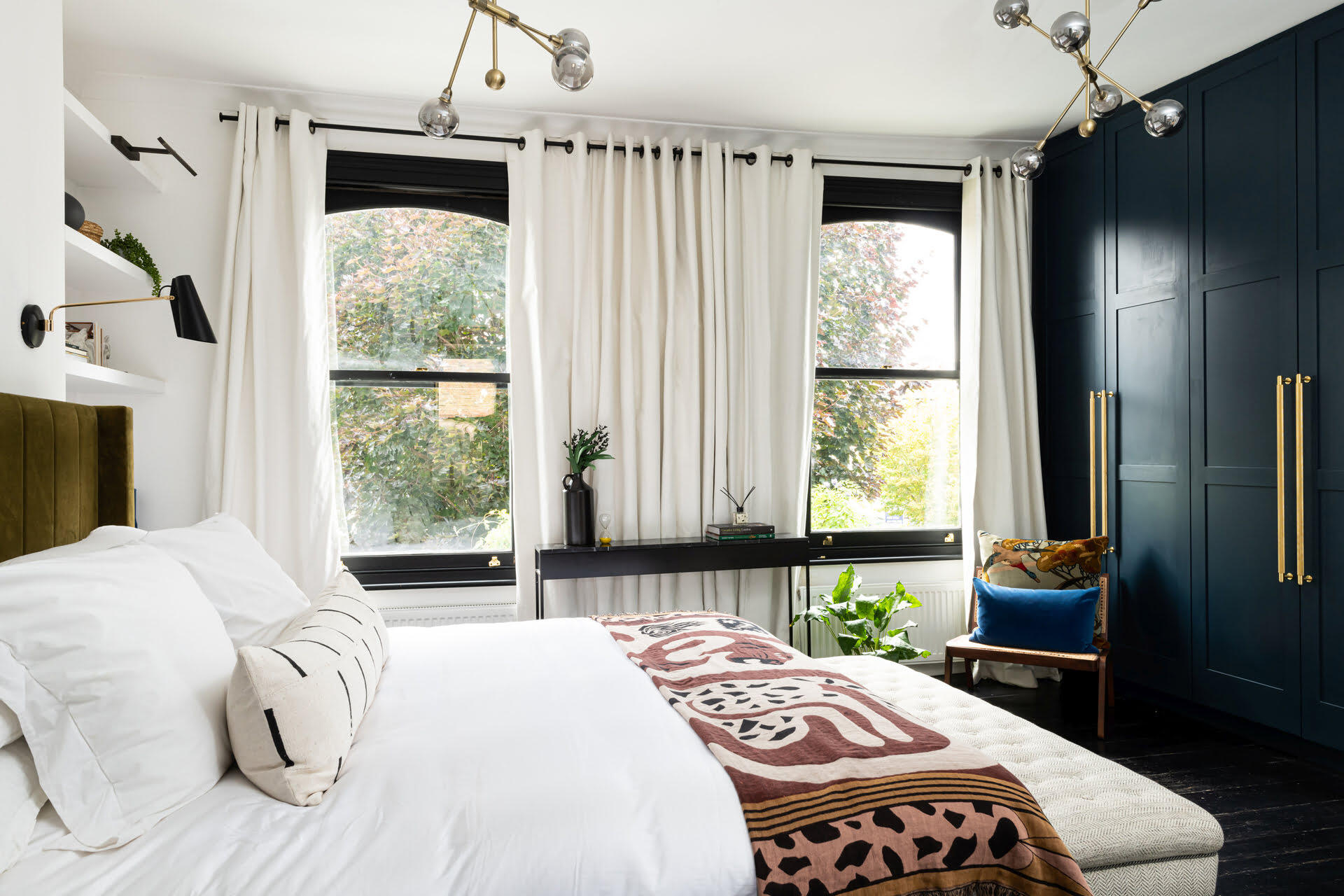
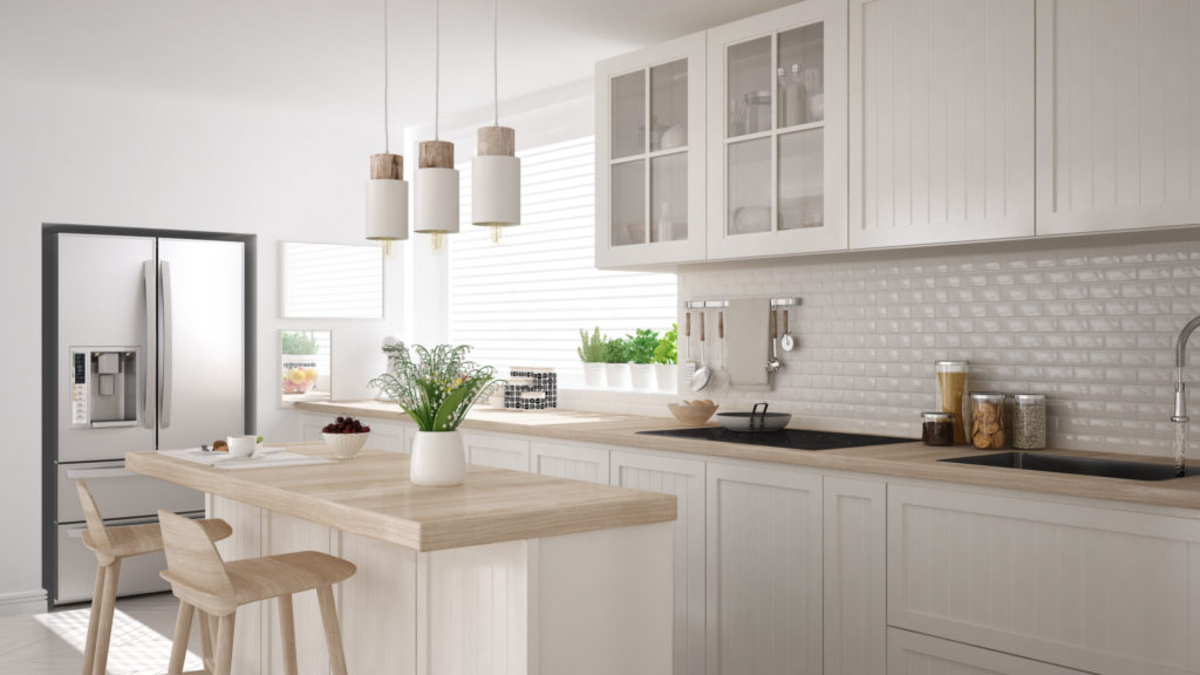
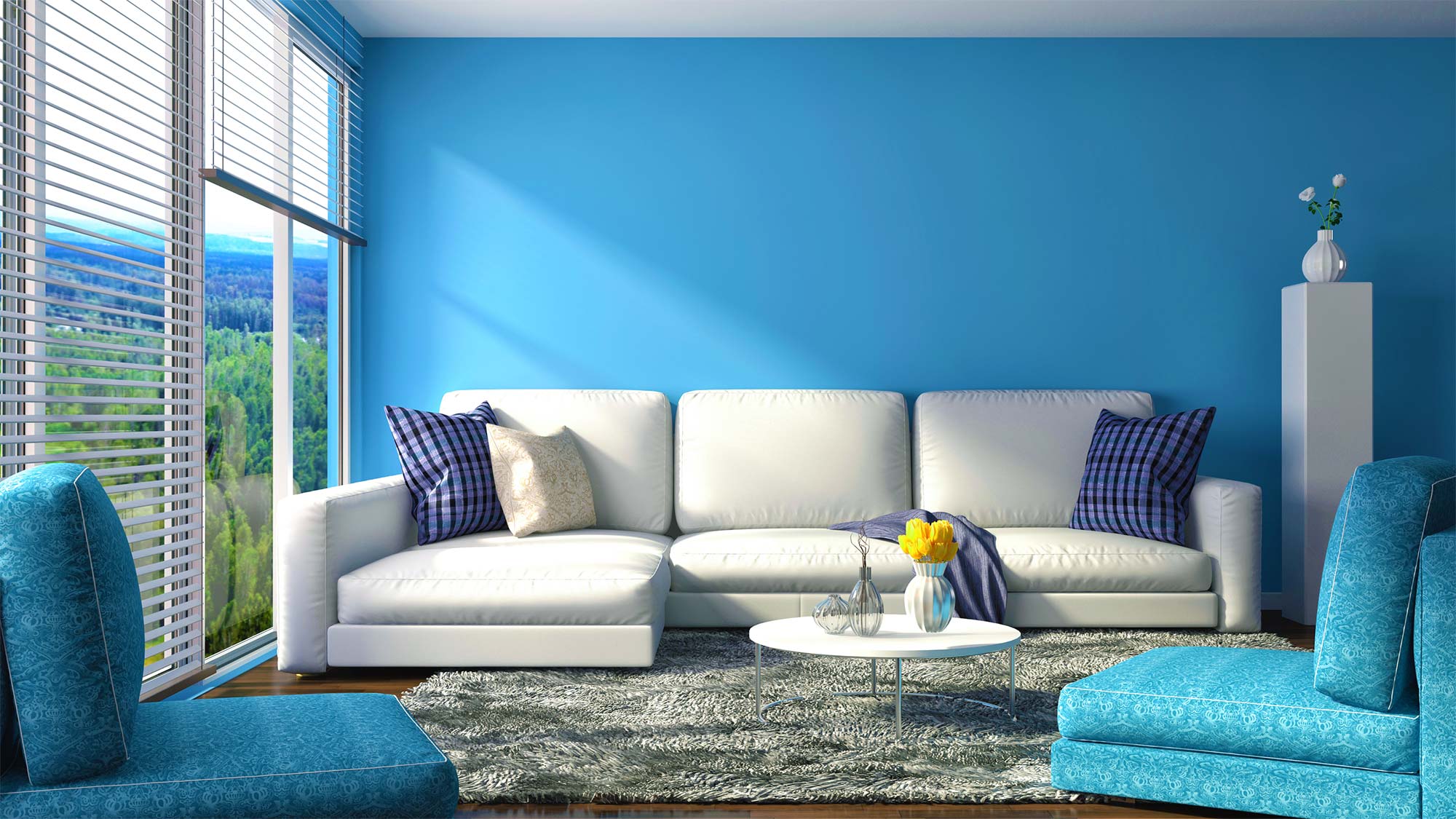
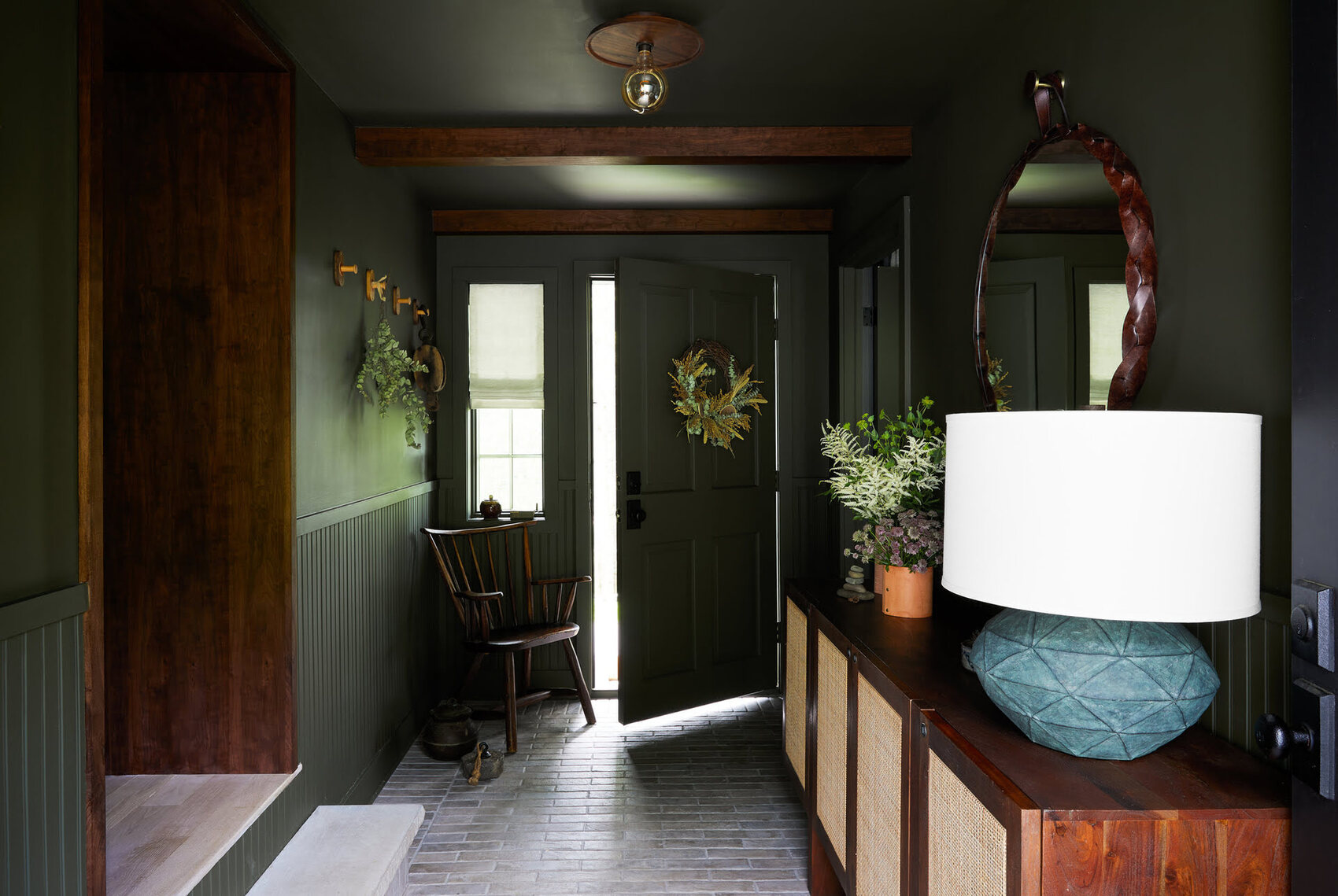

0 thoughts on “The Subtle ‘Vertical Decorating’ Technique Designers Use To Make Small Rooms Look Bigger And Brighter”